BoC is generally expected to keep monetary policy unchanged today. Overnight rate will be held at effective lower bound of 0.25%. The size of asset purchases will also stay unchanged at CAD4B per week. There will be no press conference and updated economic projections will not be released until April. So, today’s announce is more likely a non-event than not.
Nevertheless, the central bank should acknowledge the better-than-expected developments since the January meeting. There have been increasing speculations that the central bank will reduce the size to CAD3B per week at the April meeting. We will see if there will be hints of such as move in the policy statement.
Some BoC previews:
- BOC Preview: Caution over Pandemic Uncertainty While Acknowledging Better-than-Projected Growth
- Bank of Canada to Stand Pat, Keep One Eye on the Loonie as Recovery Gathers Steam
Canadian Dollar is currently trading as the strongest for the month, partly helped by strong rally in oil price. CAD/JPY retreated mildly after hitting 86.35 earlier this week. Some consolidations would likely be seen first but overall outlook will stay bullish as long as 83.59 support holds. We’d expect the up trend form 73.80 to extend to 161.8% projection of 74.76 to 81.91 from 77.91 at 89.47 down the road.




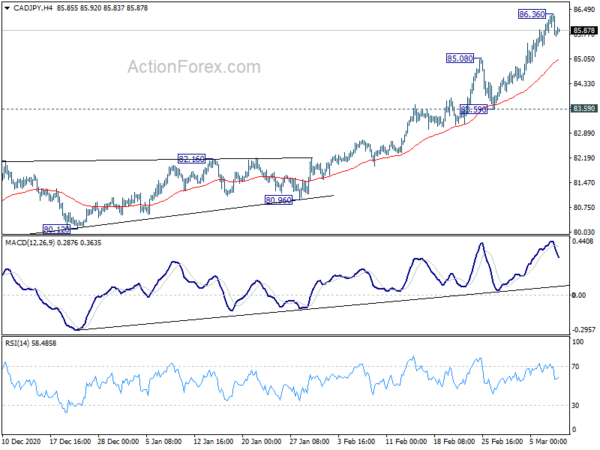
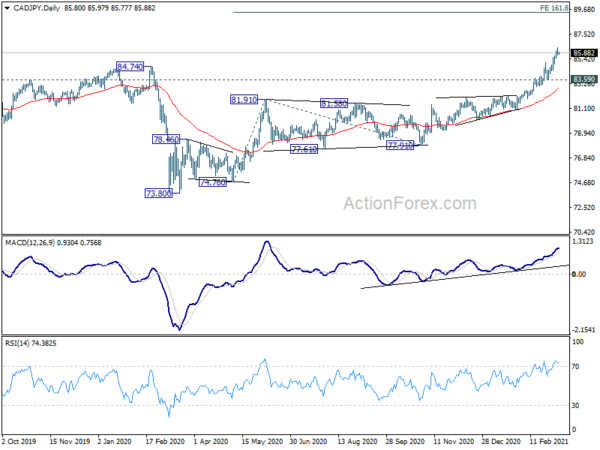
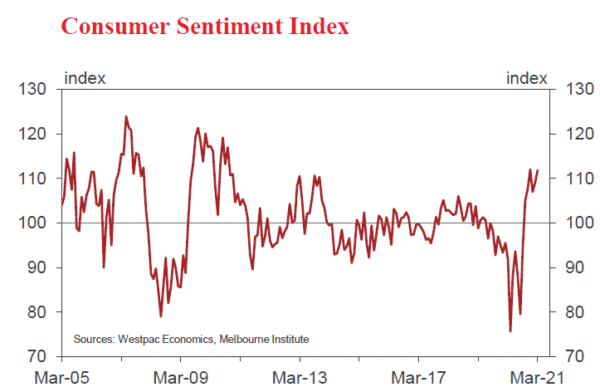
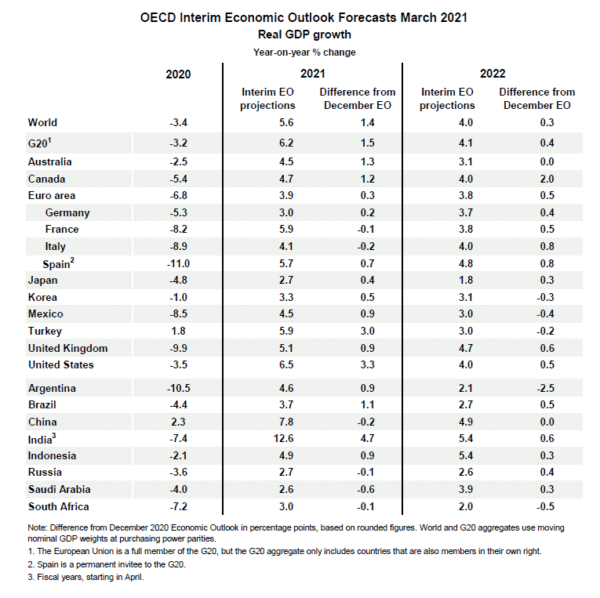
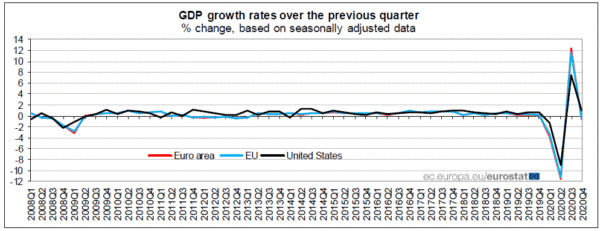
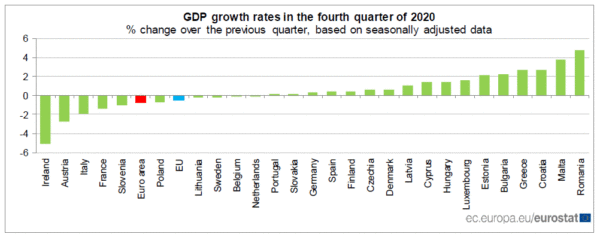
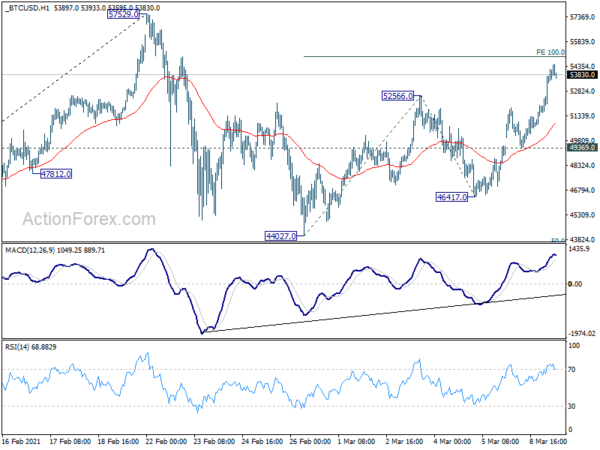
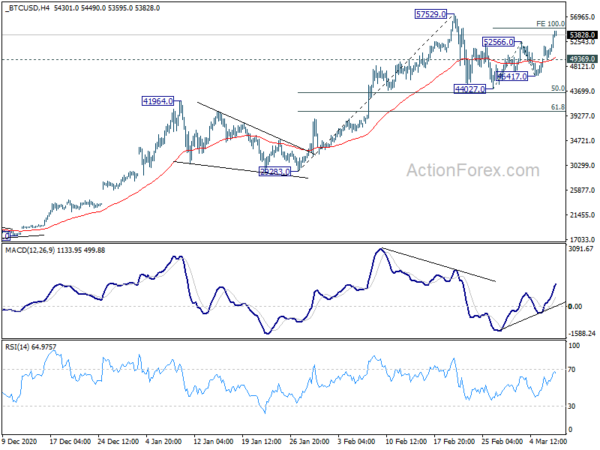
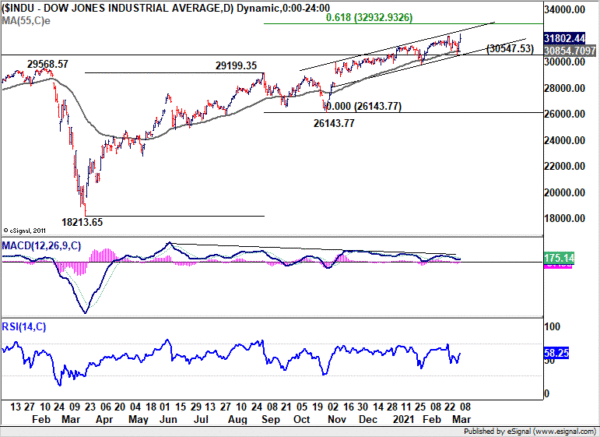
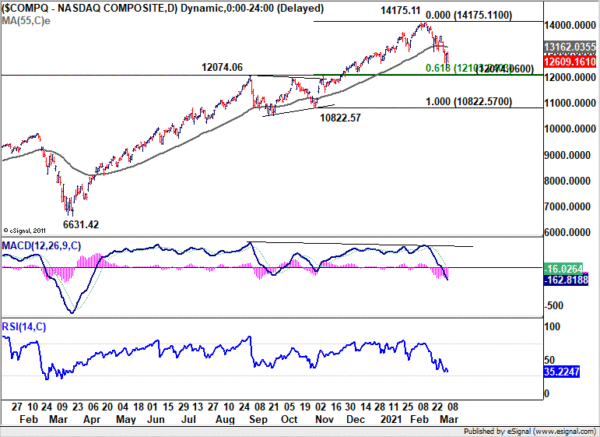
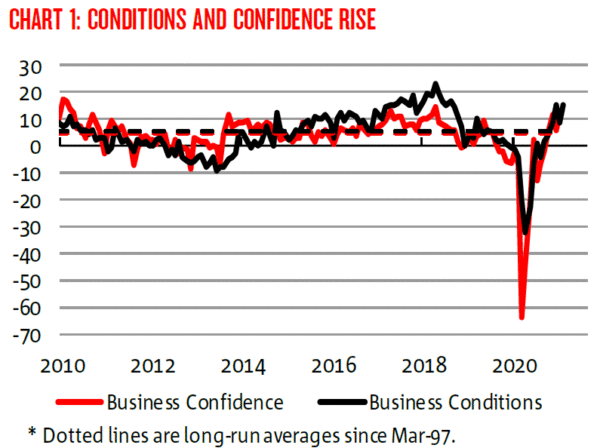

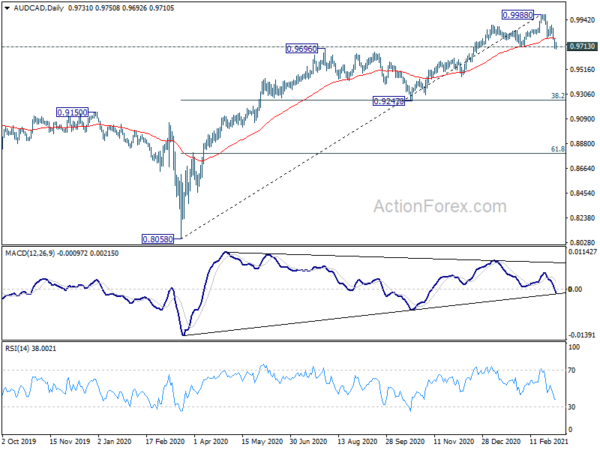
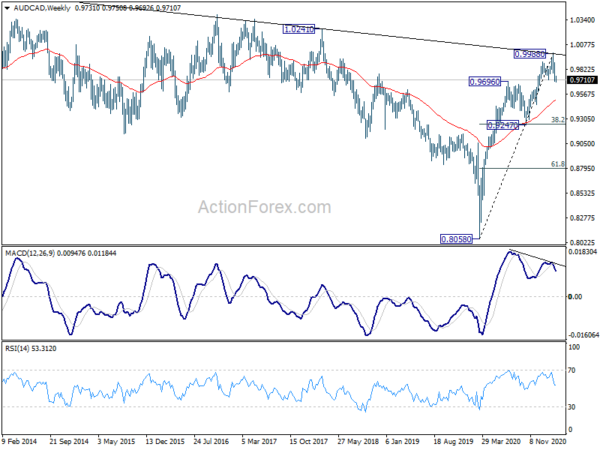
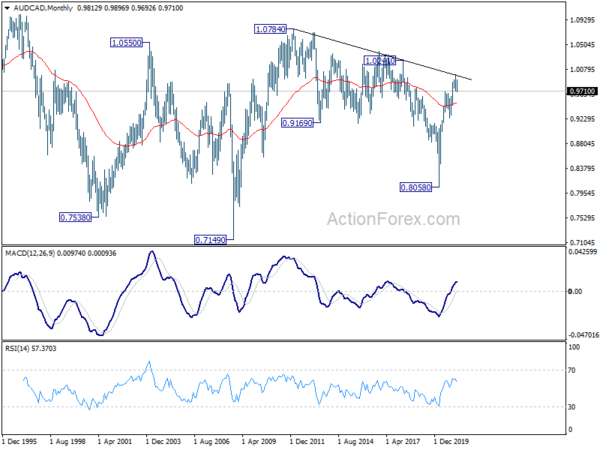
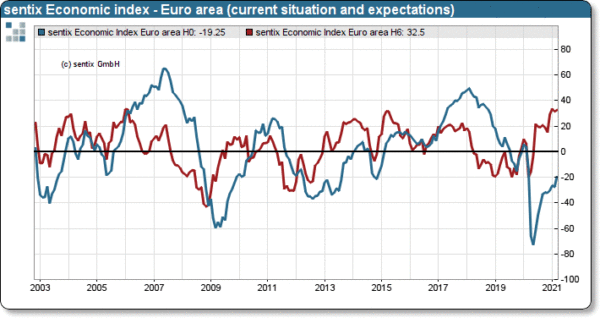
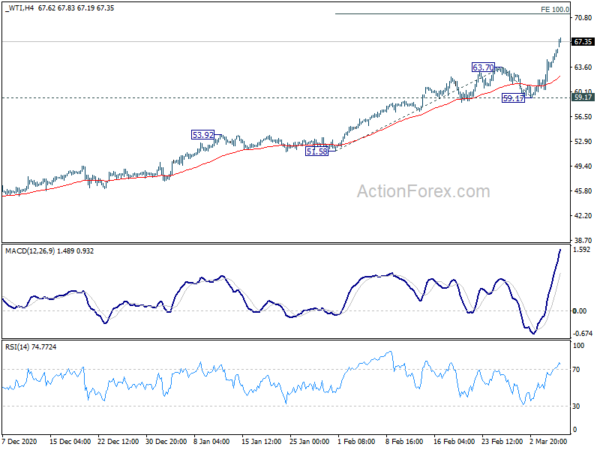
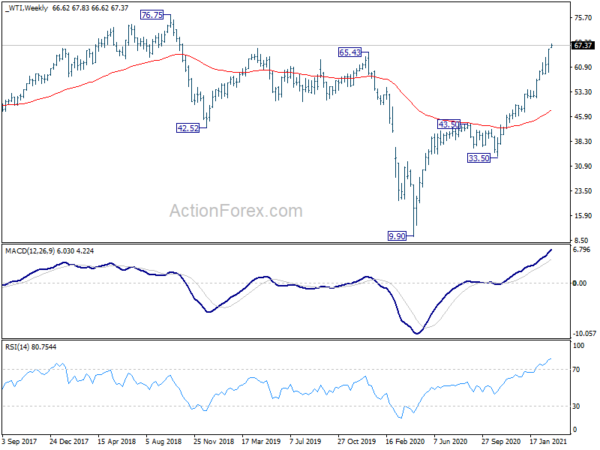
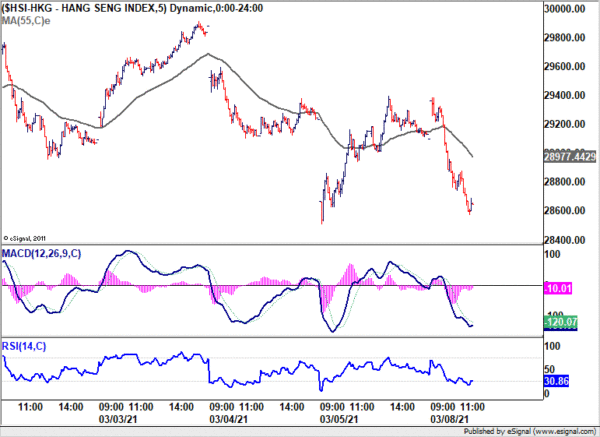
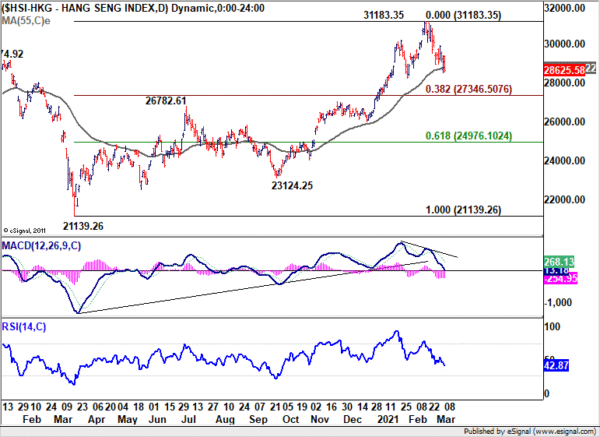
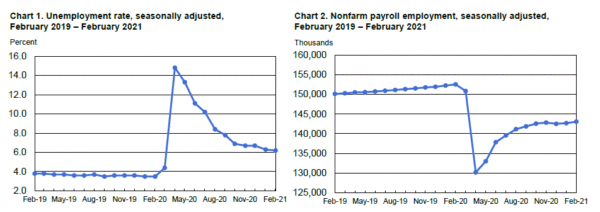
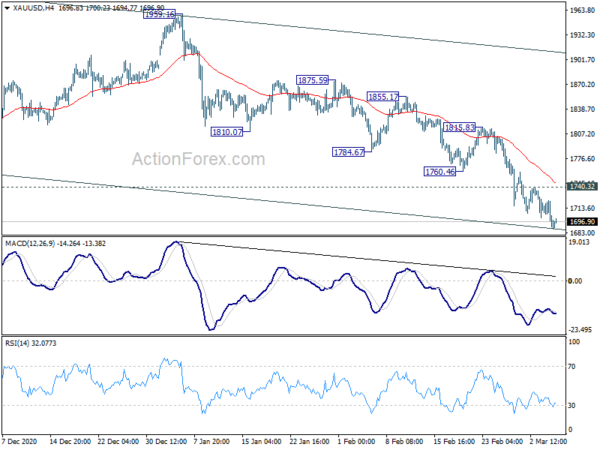
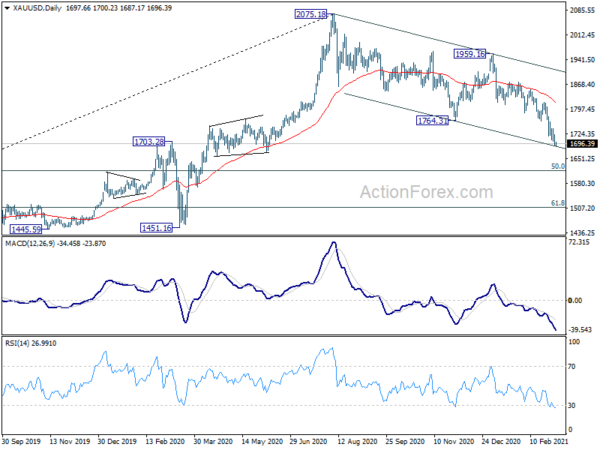
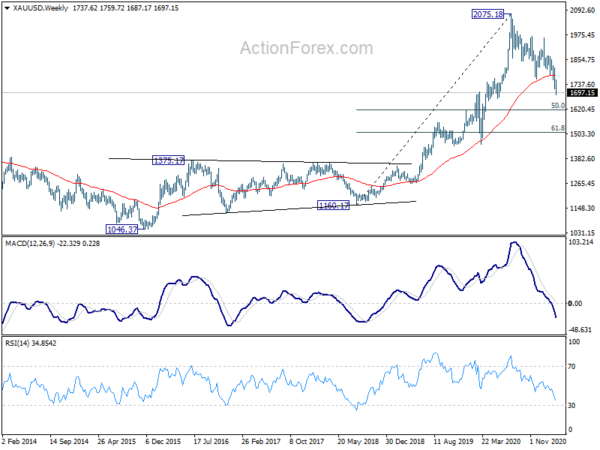

France industrial ouptut rose 3.3% mom in Jan, still -1.7% below pre-pandemic level
France industrial output rose 3.3% mom in January, well above expectation of 0.5% mom. Manufacturing output also rose 3.3% mom. Comparing to February 2020, the last month before first pandemic lockdown, manufacturing output was still -2.6% low, while whole industrial output was -1.7% lower.
Looking at some details, output increased in all industrial activities, except in transport equipment. Machinery and equipment goods rose 8.4% mom. Mining and quarrying, energy, water supply rose 2.9%. Food products and beverages rose 1.6% mom. Coke and refined petroleum rose 7.2% mom. Transport equipment dropped -2.9% mom.
Full release here.